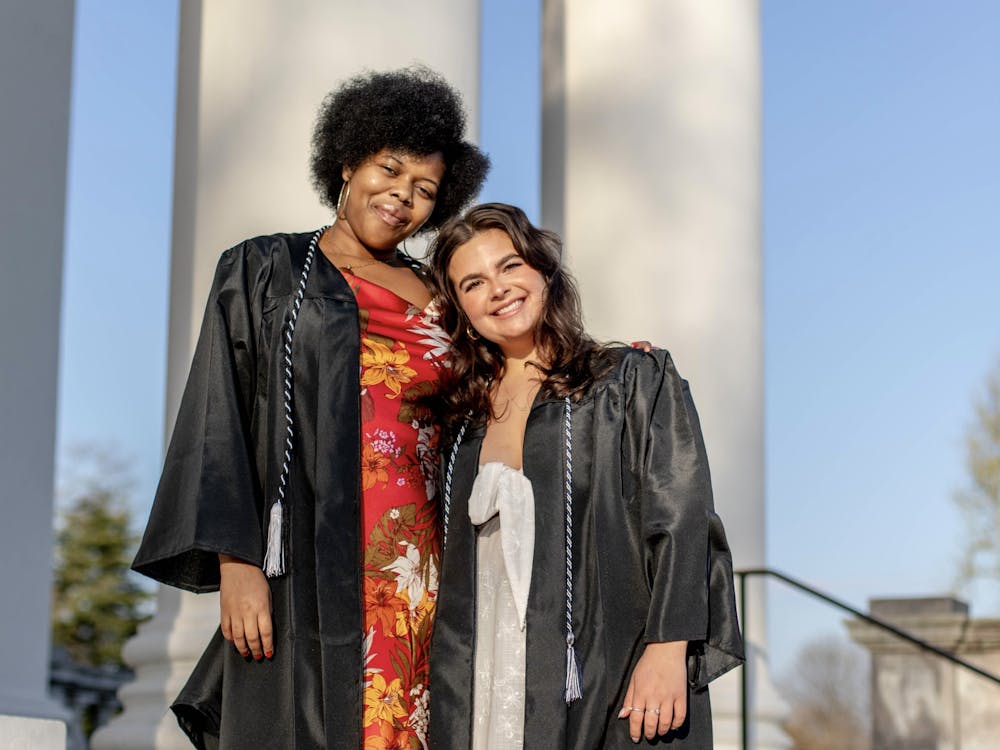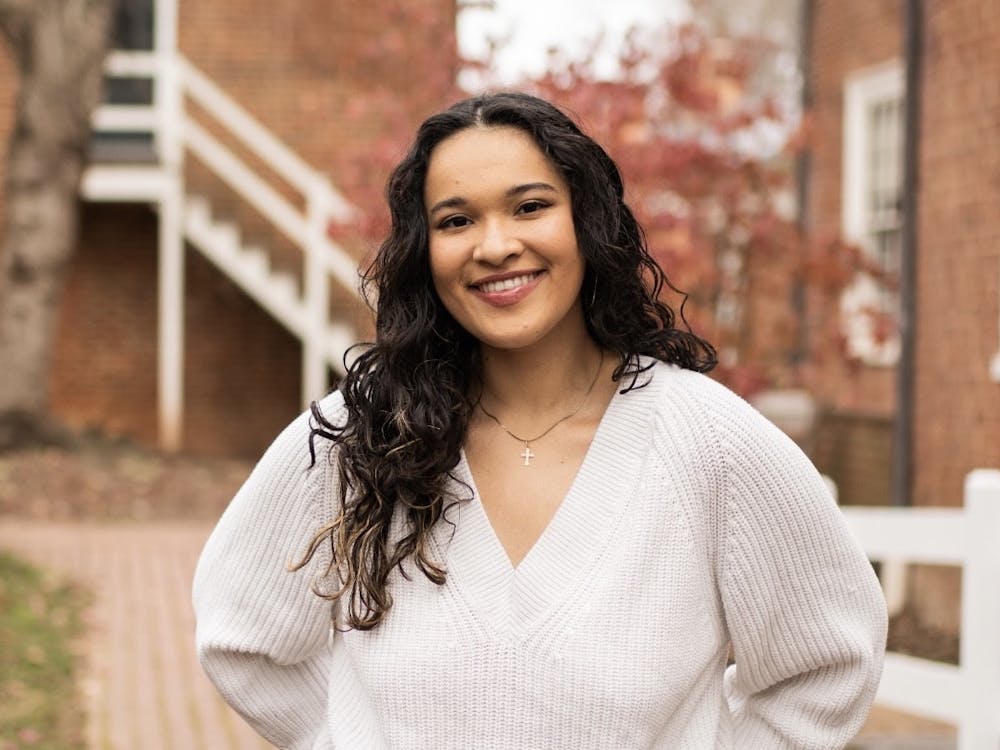Last week, my fellow Opinion writer John Connolly wrote a column asking a basic question about student activism: is the University a place for it? He smartly concludes that academic communities such as our university provide students with the intellectual confidence to stir political and social change. He asserts, “Movements with no basis in intellectual thought or discourse rarely succeed,” but then says, “Our reverence for tradition [provides] a very healthy climate for student activism.” These two statements are problematic. The broader intellectual purposes of a university should not be conflated with its institutional inflexibility. The latter is a symptom of the broader political inertia rampant in institutions across the country. The former serves to upheave that resistance to change by motivating our students to take action.
The unbending traditions of our University signify a stubborn attitude that conflicts with the open-mindedness that activism upholds. This struggle spreads far and wide across the American people who are now realizing that inflexible human convention is incompatible with the sustainability of human life due to climate change. Virginia students recently took action to fight that inertia.
Last Sunday, dozens of University members embarked on the seven-hour, fossil-fueled trip up to New York City to participate in the largest climate rally in history. Armed with marching bands and megaphones, the movement screamed its message to Secretary-General Ban Ki-moon and his fellow world delegates who converged on Tuesday to address heated climate concerns. Public demand for world leaders to take meaningful climate action has grown louder over the last decade. However, climate activists and environmentalists recognized the futility of past summits and came together to make that point loud and clear. The People’s Climate March (PCM) was not about the UN; it was about the people.
The massive rally pushed Central Park West to its limits. Over 400 thousand concerned citizens, representing over 1400 environmental organizations and 300 college campuses took to the streets. “This is what democracy looks like!” echoed against multi-billion dollar apartment complexes that towered over the march. Helicopters buzzed overhead, broadcasting images that revealed the stark contrast between gray façades and green foliage, fused together by a vibrant stream of protesters. Preeminent environmentalists including Al Gore, Bill McKibben and Jane Goodall were among the crowd, along with the surprising faces of Leonardo DiCaprio and Ban Ki-moon himself.
The University had the largest PCM presence among Virginia campuses. Equipped with emphatic posters and hand-held windmills, 80 of our students joined the march, alongside over 200 others from across the state. University members of the Virginia Student Environmental Coalition (VSEC) played instrumental roles in mobilizing neighboring campuses to boost statewide student participation. Dyanna Jaye, current president of VSEC and fourth year majoring in Global Development Studies and Environmental Science, shared a bit of her own motivation: “I’ve dedicated the past weeks to encouraging students to join us. I care about this movement, because I believe that the power of organized and united people can never be defeated.”
The University’s impressive PCM attendance can be attributed to Climate Action Society (CAS) — a student organization focused on spreading climate-consciousness across Grounds. CAS worked closely with local organizations including the Piedmont Group, Sierra Club and 350 Central Virginia to galvanize Charlottesville around the cause. Joint efforts culminated in two charter buses filled to capacity, forcing carpools to pack in the rest.
Eighty University students would not have participated in this groundbreaking movement if it weren’t for the immense leadership demonstrated by our fellow community members. Despite the march’s thousands of other climate contingents, the University certainly made its voice heard. We should be proud of this achievement.
Perhaps global policymakers took heed as the masses swarmed on Central Park West at 11:30 a.m. last Sunday. Regardless, the People’s Climate March echoed loudly through the streets, across the Hudson and beyond to where people prepare to channel that energy into a new stage of leadership for the international climate movement. However, the student activists who converged this weekend did not see that leadership originating with the UN or within the governing bodies of their own institutions. They saw it in themselves.
In direct response to Connolly: student activism is alive and well at our University, but in opposition to convention, not in honor of it. We must recognize that rigid tradition fuels a rigid behavior which does not encourage, but rather, hampers the activist spirit necessary to spur political and social change. If the stagnant climate within our own University and international governing bodies discourages collective action, then perhaps the changing global climate will compel those institutions to adapt.
Will Evans is a Viewpoint Writer.




